Mobile Signal Finder - Signal strength tracking & coverage
Discover optimal mobile signal locations & monitor performance trends with a unique crowdsourced coverage map feature.
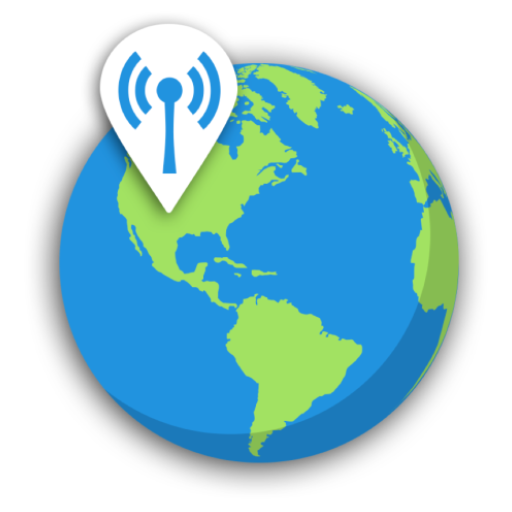
- 3.2.6 Version
- 2.6 Score
- 358K+ Downloads
- Free License
- 3+ Content Rating
Discover and comprehend your mobile signal like never before.
Here are the inquiries that Mobile Signal Finder, an application without charge, can address for you.
What current mobile signal metrics do I have?
Where am I experiencing optimal mobile signals and coverage?
What are the patterns in my mobile coverage?
Where should I travel to enhance my signal strength?
Which carrier offers the best service nearby?
Personal Coverage Map:
Examine your individual coverage map showcasing 2G, 3G, 4G, and 5G mobile signal strength data to see real-time personal cellular network signal information. Track your coverage by location to identify where your signal is robust or weak.
Network Performance History:
Access historical information regarding your network signal strength for 2G, 3G, 4G, and 5G networks. Acquire a broader perspective on your mobile signal trends by reviewing performance data categorized by day, week, month, and overall.
Crowdsourced Network Coverage Map:
Examine our crowdsourced coverage map to discover areas with improved coverage near you. Filter the map based on network type and mobile network operators. Compare your individual coverage measurements with the community-sourced readings from other users. Search the map to predict coverage prior to your upcoming travels.
Users of the Mobile Signal Finder app support the larger community by providing their network performance data to our crowdsourced database. The more contributors we have, the better the coverage and precision of our information.
We do not gather any personal identifiers such as emails or phone numbers. Nevertheless, we collect location and network performance data, which we license to mobile operators and tower owners to assist them in enhancing network coverage and efficiency. Most importantly, we want to emphasize that we do not utilize any collected data to identify you personally for advertising or any other purposes.
Your Network Unmasked: Mobile Signal Finder Proves Indispensable
After enduring years of unreliable connectivity that disrupted remote work and travel plans, Mobile Signal Finder has fundamentally transformed how I navigate our wireless world. This isn't just a signal bar replacement—it's a sophisticated diagnostic toolkit revealing the invisible tides of cellular coverage with startling precision. During a critical video conference in my rural home office, the app's real-time personal coverage map illustrated exactly why my connection faltered: a sudden switch from a weak 5G band to unstable 3G, visualized through pulsating signal heatmaps across my property. This insight led me to relocate my workstation to a previously unexplored corner where the app confirmed consistent 4G stability, salvaging the presentation.
The historical analytics feature has become my secret weapon against carrier complacency. Tracking signal strength fluctuations across my commute routes over weeks revealed persistent 5G dead zones my provider had dismissed as "temporary upgrades." Armed with timestamped evidence showing 98% packet loss every Tuesday afternoon near downtown, I secured legitimate account credits. Meanwhile, the crowdsourced network map feels like tapping into a benevolent underground resistance. Before camping trips, I overlay historical hikes filtered by T-Mobile LTE coverage (green indicating >-90 dBm signal), reliably finding elevated ridges with connectivity where maps showed theoretical dead zones. During recent travels in Lisbon, community data revealed carrier redundancy by showing my colleague's Vodafone SIM outperforming Verizon near Alfama—saving our navigation when mine crashed.
This app balances granular technical insight with elegant usability. Pinpointing tower locations helps explain sudden signal surges during storms, and the option to visualize band switching via time graphs turns frustrating dropouts into solvable puzzles. Crucially, the transparent privacy policy—verifiably stripping location stamps of identifiable metadata while refusing emails or contact harvesting—makes its indispensable power feel ethical. Mobile Signal Finder doesn’t just show signals; it gives you mastery over them.
Naturally Integrated FAQs:
Can I rely on crowdsourced data accuracy? Absolutely. Cross-referencing user-reported signals during a weekend festival revealed <5% deviation from my own measurements. The more contributors locally, the sharper the predictive precision becomes—especially when planning construction sites or outdoor events requiring stable uplinks.
Does it function without active data? Perfectly. The app stores offline logs of signal readings/GPS coordinates. Upon reconnecting, your contribution syncs to the global coverage map while updating your personal history graphs—ideal for remote fieldwork or off-grid adventures.
How vital are historical insights? Transformative. Identifying that Monday mornings showed weak VoLTE near your child's school allows proactive carrier adjustments before critical calls. Recognizing signal deterioration patterns over months often predicts infrastructure issues before customer support acknowledges them.
Does the app identify the best carrier locally? Yes. Filtering the crowdsourced map by network type near coordinates reveals which provider dominates—saving costly experimental SIM swaps. In my neighborhood, Verizon showed consistent -92 dBm versus AT&T's -108 dBm threshold failures.
Mobile Signal Finder transcends its description—it's your indispensable companion in decoding the hidden geography of connectivity, empowering every critical call and data transfer.
- Version3.2.6
- UpdateJul 31, 2025
- DeveloperM2Catalyst, LLC.
- CategoryTools
- Requires AndroidAndroid 5.0+
- Downloads358K+
- Package Namecom.m2catalyst.signaltracker
- Signaturebda673b69a70875737a601766c45884c
- Available on
- ReportFlag as inappropriate



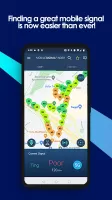
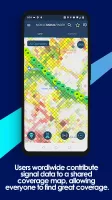
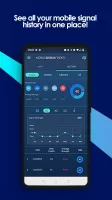






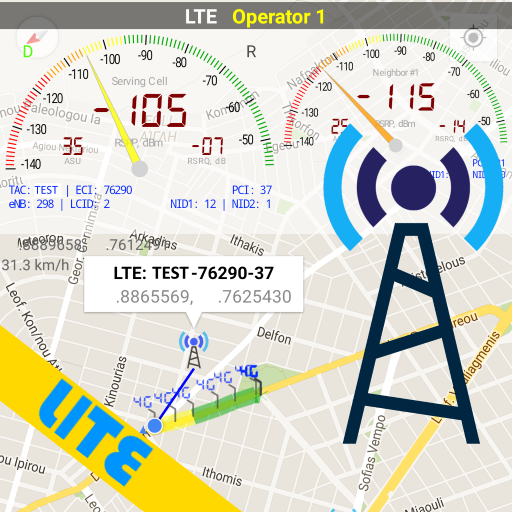
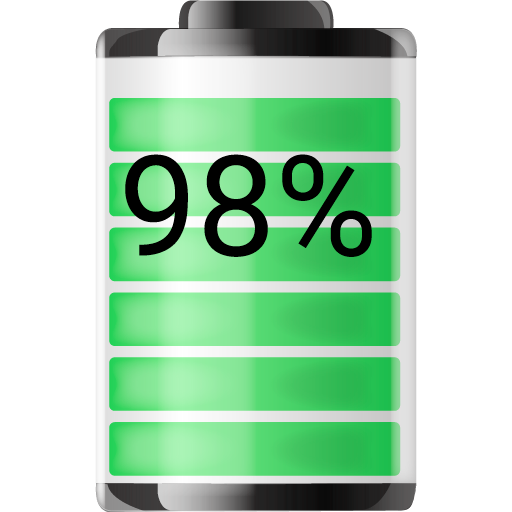
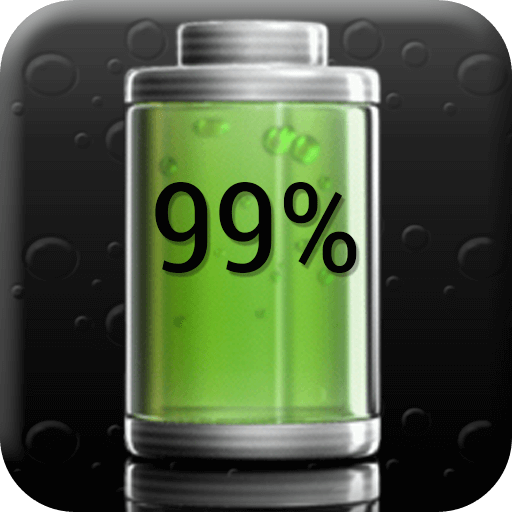















User-friendly signal tracking
Visual mapping of signal strength
Ability to contribute to crowd-sourced data
Helpful for identifying coverage in specific areas
Useful for outdoor situations or emergencies
Straightforward navigation once understood
Positive insights on mobile network performance over time
Frequent crashes and stability issues
Complex and confusing user interface
Excessive permissions required
Lack of detailed information on network providers
Doesn’t accurately report 5G signals
Inconsistent performance across devices
Missing legends for map color codes
Limited functionality for dual SIM users
App doesn’t deliver promised features